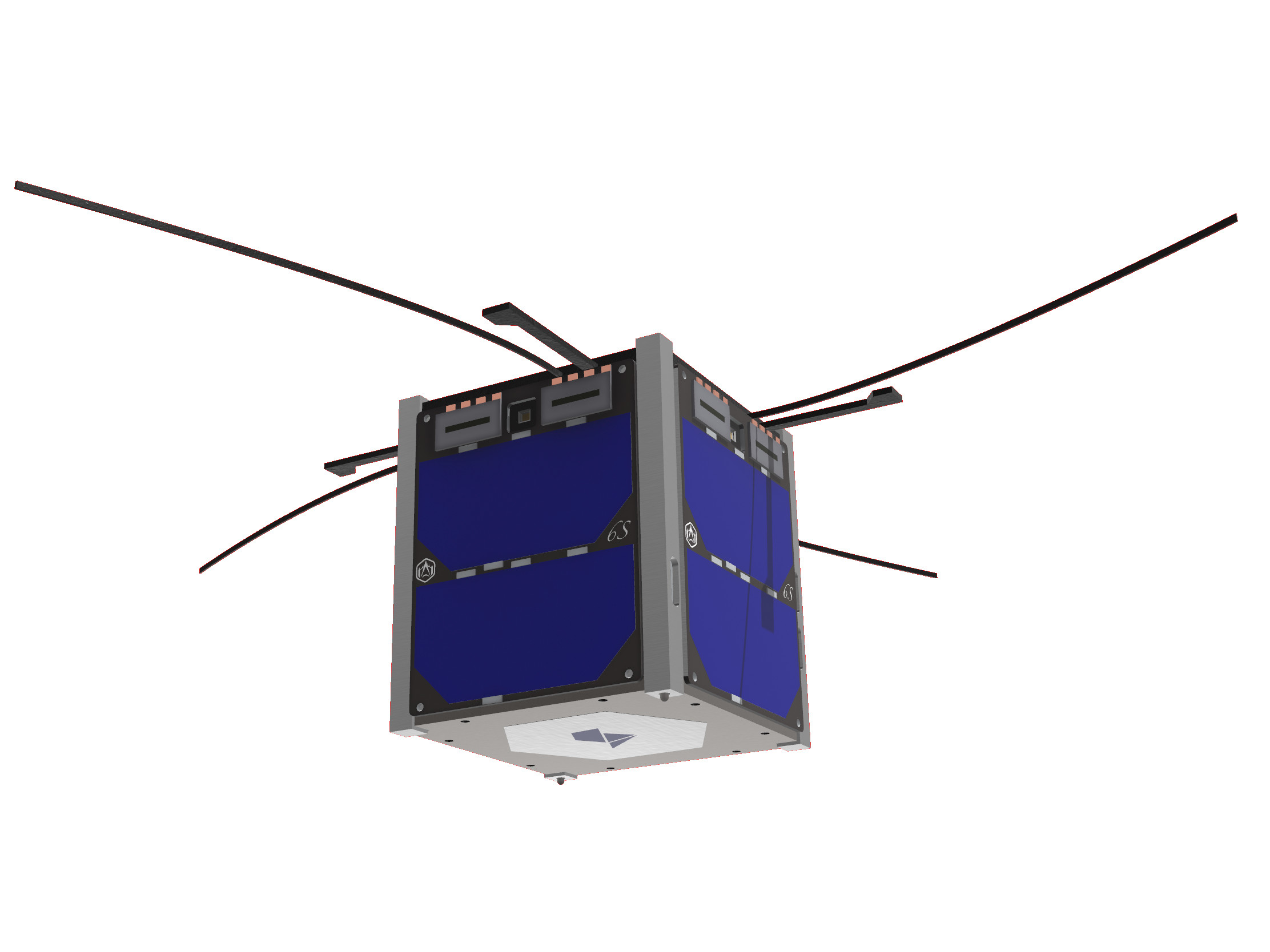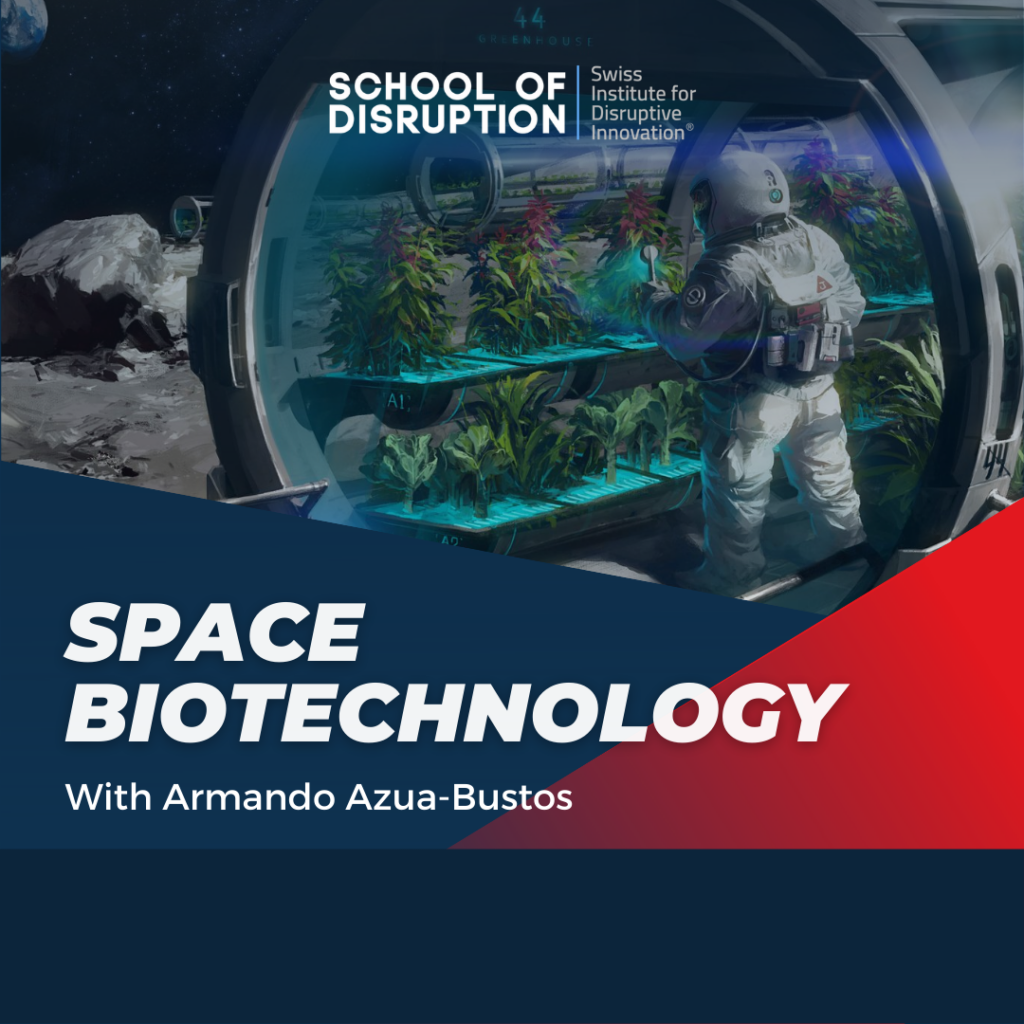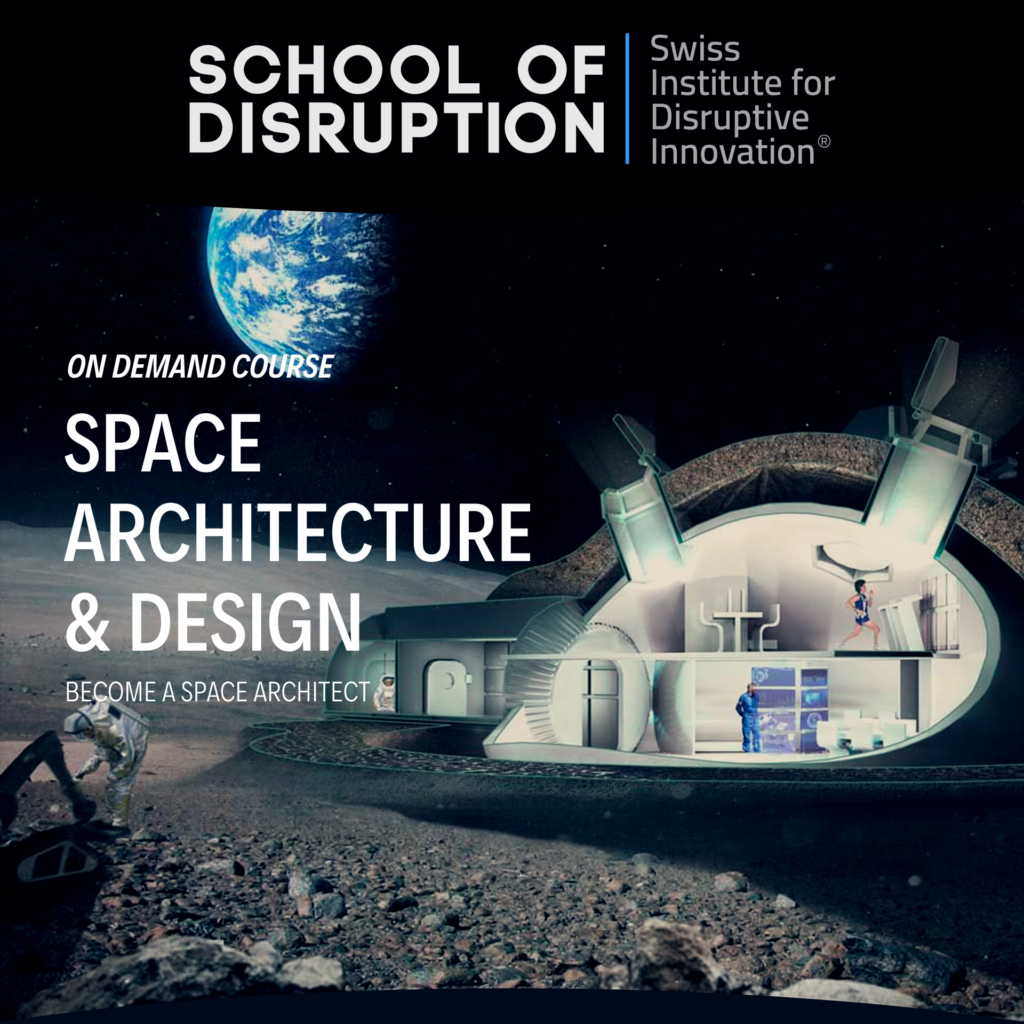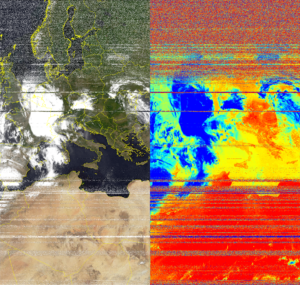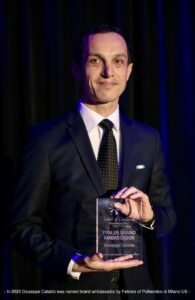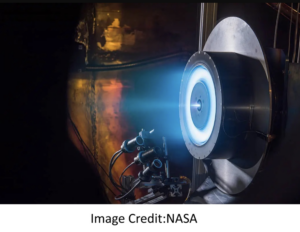What are the main design drivers in an educational CubeSat? How do you study the feasibility of a space mission or analyze the possible trade-offs? These are some of the challenges faced by the team of 6S, one of PoliSpace student association’s projects and its first CubeSat mission, during Phase A of design.
6S stands for Student-made Single unit Satellite for Solar cells and Structural battery in-Space testing. The project was born in February 2021, and after a year of working on the mission’s feasibility, the team declared Phase A completed in May 2022. During these months, the 6S team defined the mission objectives, payloads, and important preliminary design aspects. The main drivers were cost and simplicity: critical features for an educational project that includes only BSc, MSc, and PhDs students. The mission consists of a 1U CubeSat technology demonstrator for two payloads: perovskite solar cells with their testing circuit (PESCA) and a structural battery. They are both promising technologies for future exploration, and the mission goal is to test these components in the space environment.
Perovskite solar cells are currently under study because they offer high efficiency, are lighter than typical silicon-based solar cells, and have the highest power-to-mass ratio of all solar cells. Moreover, they have self-healing properties, a feature becoming more critical in space technologies. Unfortunately, few missions have tested Perovskite samples for a long duration. With the selection of this payload, 6S will contribute research on this new component. The supplier of the solar cells mounted on 6S is a collaborative research group between the universities of Potsdam and Cambridge; they will provide the team with eight different perovskites, which will be mainly mounted on the faces of the satellite. The main tasks of PESCA will be to measure the cell’s degradation in time and the performance variation for the change in solar irradiance. Furthermore, the self-healing characteristic linked to solar eclipses will be investigated. To test this payload correctly, the CubeSat must acquire the full I-V (Current-Voltage) curve, open circuit voltage, and close circuit current, and measure the sun inclination and temperature on the cells.
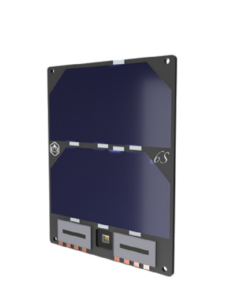
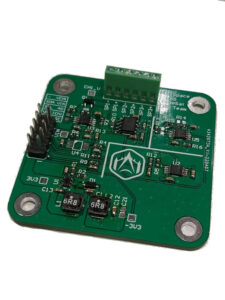
Regarding the second payload, the structural battery presents another exciting collaboration for 6S CubeSat’s team, which is in partnership with the start-up Volta Structural Energy as the provider of this payload. Volta structural energy develops and sells structural batteries made of composite materials capable of storing energy and having structural capabilities. These batteries are a crucial future technology in the aerospace market since they allow for saving both space and mass. The 6S CubeSat will permit a mock-up of this product to be installed on one of its faces. It consists of a panel without the battery electrolytes; therefore, the subsystem will not have energy storing capabilities. The mission focuses only on the structural capabilities of this component, and the team aims to retrieve the stress enforced on it by the space environment. The feedback will be collected and given to the start-up engineers to improve the design of future batteries.
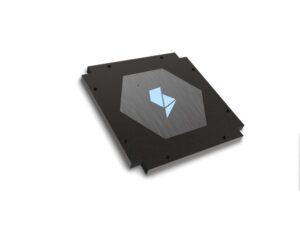
These payloads choice comes from studies performed in the early stage of mission design. During the preliminary phases, the team considered the implementation of a third payload: the Steamjet thruster. However, they rejected this option at the end of phase 0 due to a trade-off between criticalities and advantages. Implementing an onboard thruster would have introduced some challenges, such as performing precise pre-launch operations and its controllability in terms of attitude. Moreover, the Steamjet would have required high power demand. After analyzing these potential problems, the team noted that the design would proceed with a small margin over the values that would make the mission unfeasible. Hence, they abandoned this payload to increase robustness for possible problems encountered in future phases.
One of the outcomes of phase A has been selecting a family of orbits to fulfill the mission objectives. However, to ensure flexibility, the 6S team has not fixed all the orbital parameters at the current design stage because low-budget CubeSats are usually launched as a piggyback on other missions, and the final orbit strictly depends on the mothership’s final orbit. The mission analysis department recognized high inclination orbits as the most suitable. This choice comes from the fact that the ground station will be on northern Scotland’s island. Moreover, a high inclination orbit is necessary for full magnetic control to guarantee the controllability of all axes. According to the mission’s leading drivers, the AOCS (Attitude & Orbit Control System) team set this control actuation for simplicity and cost. Another essential property of the selected orbits is the altitude: the satellite will surely be on a circular LEO between 450 and 500 km to ensure the natural decay of the CubeSat. The final height shall guarantee disposal in less than 25 years, as the applicable standards recommend, and it will be selected with the other orbital parameters once the launcher is defined.
During phase A, the 6S team made other preliminary design choices concerning all the satellite’s subsystems. After concluding the PRR (Preliminary Requirements Review), the departments continued to work seamlessly on the project, which is currently in phase B. At the current stage, the engineers of 6S are defining new mission aspects and elaborating on the ones already developed: they are marking out the detailed operations for the payload and the mission phases, according to the ECSS (European Cooperation for Space Standardization) recommendation. Many others are the ongoing studies currently challenging the team members, which continue to work with one ultimate goal: the success of the 6S.
Follow this link to learn more about the 6S mission: https://test.polispace.it/6s-cubesat-project/.


